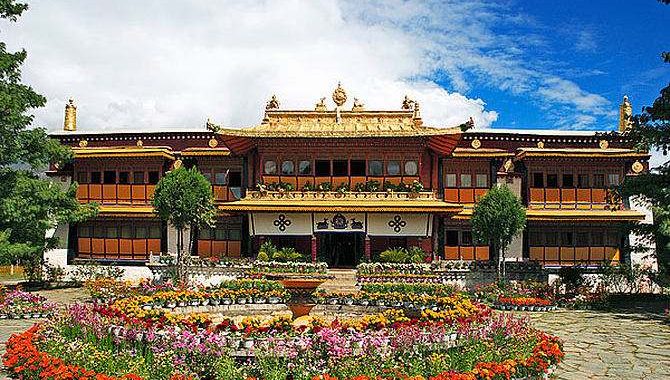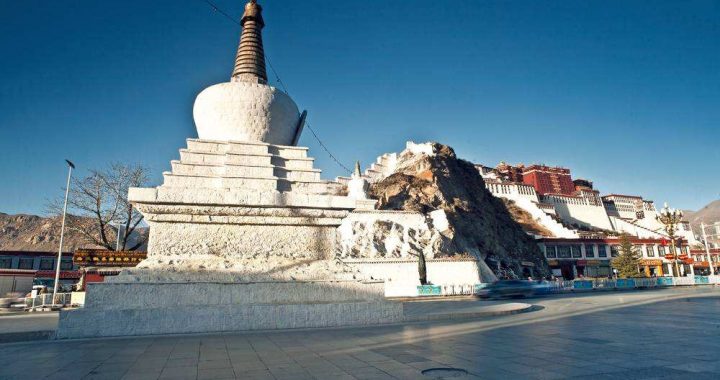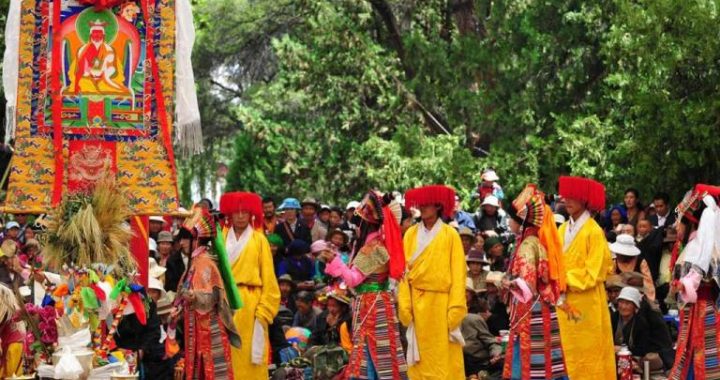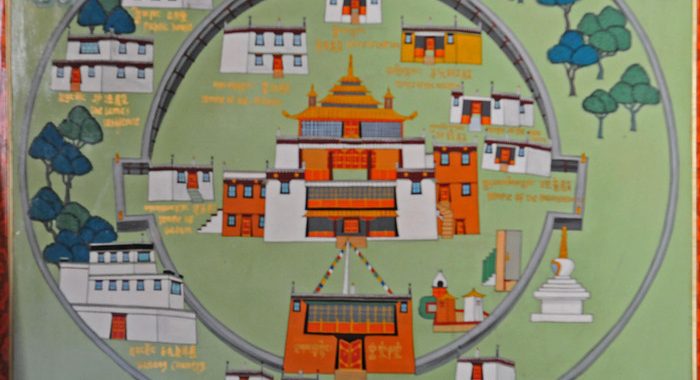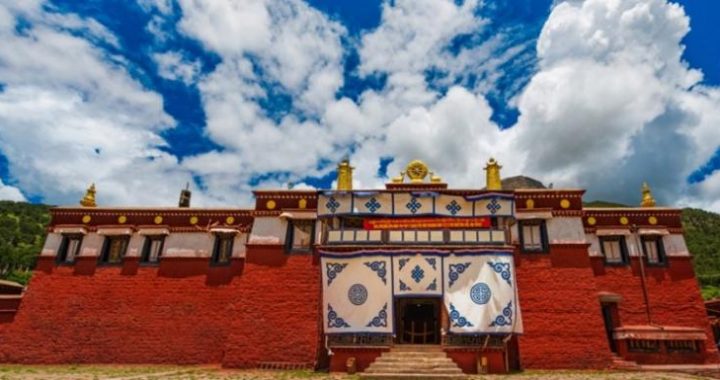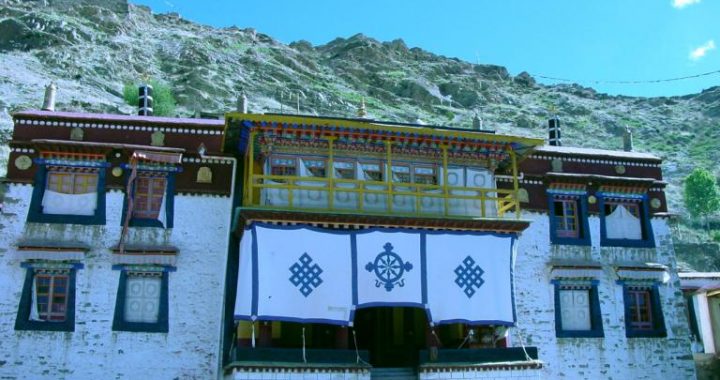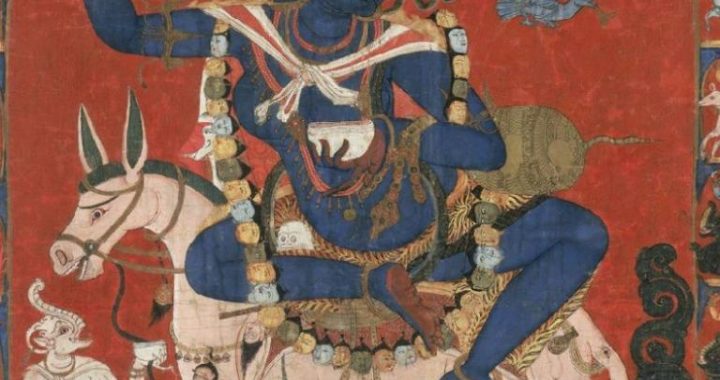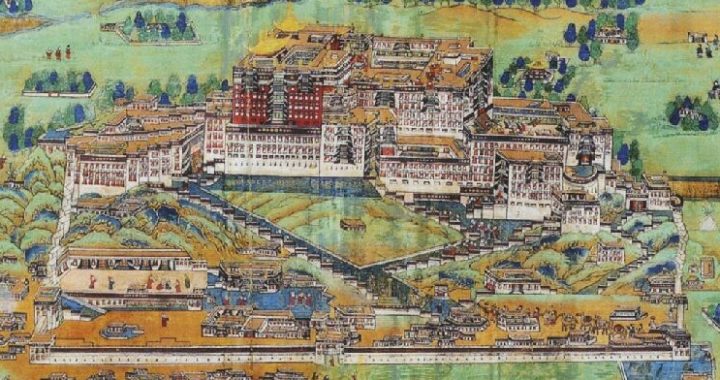The Patriarchal Monastery of Nyingma Sect at Qiongjie County
3 min readRalri Monastery is located at Qiongjie County in the southeast of Shannan Prefecture of Tibet, or to be specific, it is located in the middle of mountain on the east side of Qintog Township. Ralri Monastery is 3,800 meters above the sea level, along with Mindroling Monastery and Dorje Drak Monastery are called the three major temples of Nyingma sect. Established in the 16th century by “treasure-finder”
Sherab Oiese and expanded by successive living Buddhas and abbots, this monastery has assumed a grand scale. Ralri Monastery with a closely-knit organization encompasses such sections as Khenpo, Ngotsal, Tsalngo Gekor Tipa, Gyipa At its peak, this monastery accommodated as many as 1,000-odd monks. Up to 1959 when the democratic reform took place there had been five generations of living Buddhas and the fourth generation of living Buddhas even presided over the compilation of the famous Buddhism sutra Lhonti. It is said that when Tibet was invaded, the invaders were repelled by execration-chanting at Ralri Monastery, so that the monastery was kept from being destructed and bestowed by the fifth Dalai.
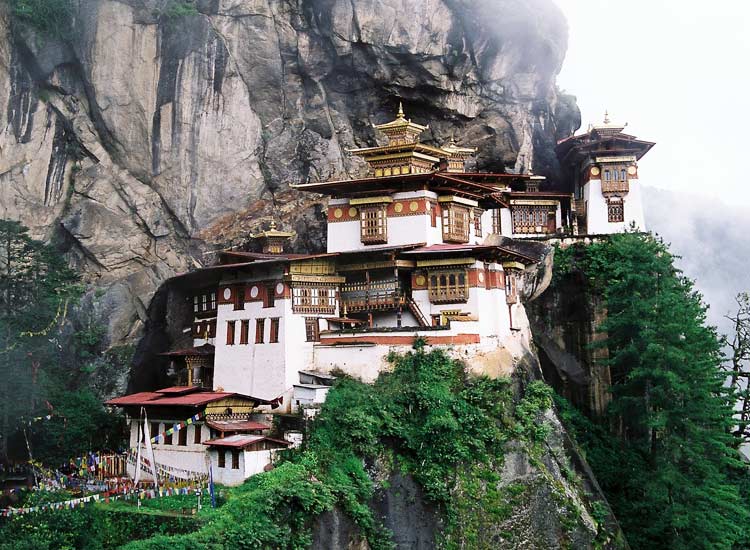
When the Ralri Monastery was first built, it covered 1,000-odd square meters featuring the Tibetan flat roof and stone-wood structures. The main structures include the grand hall, Labrang and monks’ living quarters. The grand hall with three stories covering a floor space of 527 square meters enshrines the bronze statue and stupa of Padmasambhava, the founder of Nyingma sect. In the 19th century Ralri Monastery’s first Khenpo Yeshe Chiwang raised funds with which he had a large scale of repair and expansion of the monastery, resulting in the addition of a three-story Labrang,70 rooms for monks and sutra-debating centers as well as the renovation of the grand hall. This renovated hall was one story higher than before and thus became a three-story building facing the south. It is a stone-wood structure with a flat roof: on its first floor is the site for Buddhist activities where many Buddha statues are enshrined; the second floor functions as the office space while the third floor is Lama Lhakang. Prior to 1950 five Buddhist pagodas were built around Ralri Monastery with the Descension Stupa being the grandest: the nine-story Descension Stupa with a square base and a round body is made of stone and wood and around the stupa is the staircase; in the body of stupa there are niches for Buddha statues and atop the stupa there is a small wooden hall enshrining the bronze statue of Sakyamuni.
Among the monasteries of Nyingma sect there is Sangdo Ralri Monastery at Nyingchi County besides Ralri Monastery at Qiongjie County. Located by the mountain and river, Sangdo Ralri Monastery presents a charming sight with its marvelous design and distinctive style as the most renowned temple of Nyingma sect at Nyingch County. The main hall of Sangdo Ralri Monastery is a three-story tower standing 20 meters high with four corners and eight sides; the walls of the hall are painted in the four colors of white, blue, red and green with a door on each side guarded by Four Heavenly Kings; in the corners of the roof are banners and beast wheel, precious curtain which look very extravagant. Inside Guru Hall on the ground floor of Sangdo Ralri Monastery is enshrined the statue of Padmasambhava sitting in a posture with leg-crossed and soles upward; this exquisitely carved statue embodies super workmanship; in another hall of the second floor is a white statue of Avalokitesvara sitting on the lotus base with both hands clasped and leg crossed and soles upward; on the third floor is the gilt bronze statue of Amitabha which is regarded as the lord of the Western Pure Land.
The architecture of Sangdo Ralri Monastery is distinct in two aspects: one is that on both sides of its gate and the palace are hung the trunk-made scarlet reproductive organs of the male and the female. It is said that these organs are emblematic of the balance between two opposite forces which are respectively called as “Yar”and “Yong”in Tibetan; the other is that this monastery’s roof is a threelayer octagon with streams of big Buddha beads under the eaves and the door and window frames featuring beautiful patterns.


